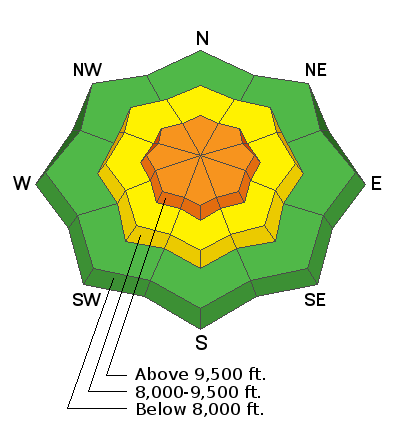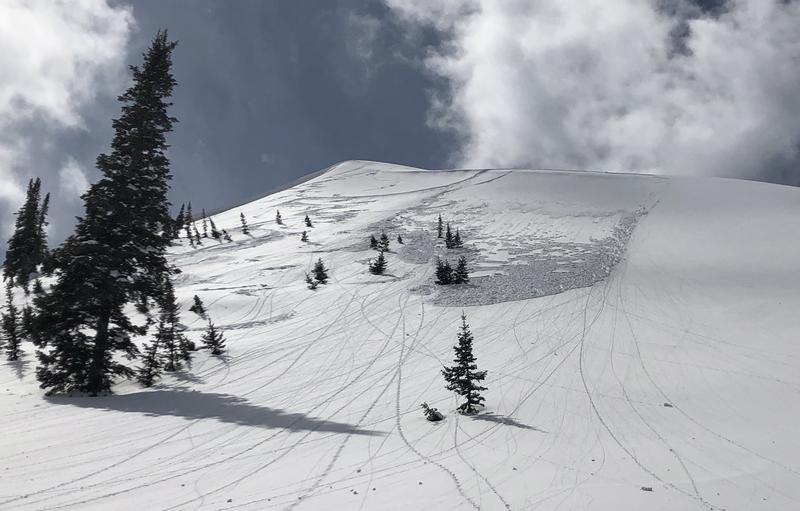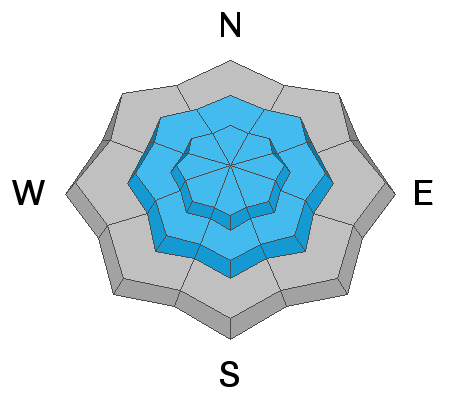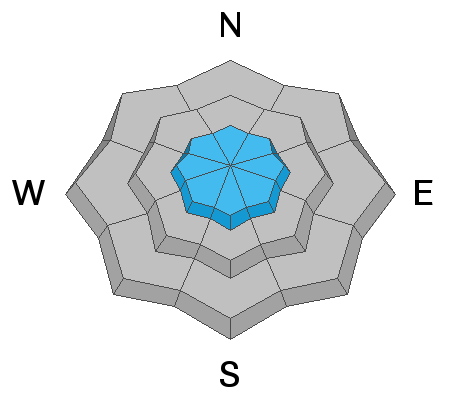Forecast for the Salt Lake Area Mountains

Issued by Trent Meisenheimer on
Wednesday morning, March 25, 2020
Wednesday morning, March 25, 2020
The avalanche danger is CONSIDERABLE on all upper elevation steep slopes for triggering fresh drifts of windblown snow (wind slabs). Careful snowpack evaluation, cautious route-finding, and conservative decision-making will be essential in this terrain today.
Out of the wind-loaded terrain, there is a MODERATE danger on all slopes at the mid and upper elevations for triggering a new snow (soft slab) avalanche that fails within the storm snow. Evaluate the snow and terrain carefully; identify features of concern and avoid those areas.
Out of the wind-loaded terrain, there is a MODERATE danger on all slopes at the mid and upper elevations for triggering a new snow (soft slab) avalanche that fails within the storm snow. Evaluate the snow and terrain carefully; identify features of concern and avoid those areas.
Keep in mind that if it starts snowing harder than expected or the sun comes out for any reason the avalanche danger can spike rapidly.

Low
Moderate
Considerable
High
Extreme
Learn how to read the forecast here






